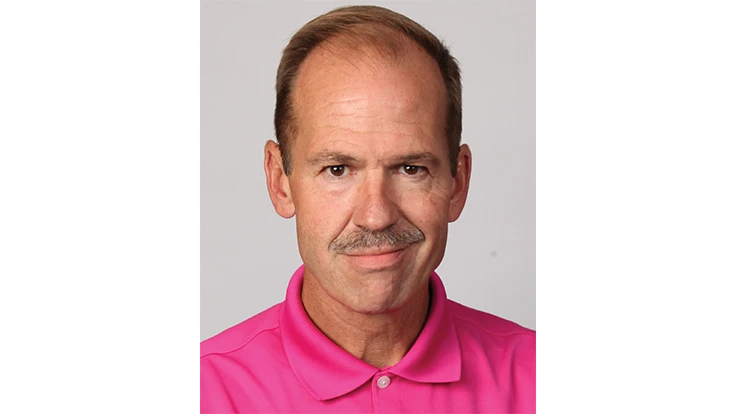
My travels around Turf Nation this past few months have left me with one very clear conclusion: many of you are damned good and ready to put 2015 behind you. Why?
It seems nearly impossible in some places to hire qualified crew members who can pass a drug test, have a decent driving record and show up to work on time (or show up at all after a few days).
Despite budget pressures, expectations for the appearance and quality of putting surfaces are still largely based on that little toonament they have in Augusta every year instead of the more reasonable standards the USGA and others are loudly proclaiming.
Chapters and associations have had major problems getting members to meetings and shows, including the nearly complete snow-out of the big NERT event in Providence last spring.
University turf programs are losing funding and talent as both the quantity of federal grants and numbers of kids interested in the degree shrink.
And, of course, there’s the continued angst of mass media coverage proclaiming that the sport is on its last legs because we’re closing a course in the U.S. every 48 hours.
Ugh.
Yet, those same travels around the same big, beautiful country have also given me much to be optimistic about. As always, I choose to see the glass as half-full. Here’s the flip-side of the problems I just rattled off.
I’m genuinely impressed with what we’re learning about how to head off winterkill and how to manage turf under drought conditions. We’re actually gaining a lot of knowledge from the crap Mother Nature throws at us.
For every labor horror story I hear, I meet a super who’s had the same crew for 10+ consecutive seasons. When you find the right folks who have that spark of passion for working on the course, treat them well, do small things to say thanks (barbeques, games, training events, etc.) and they’ll stay.
Increasingly, the golf media is helping more than they hurt by highlighting courses that aren’t wall-to-wall manicured glow-in-the-dark green. Again, there’s nothing wrong with green grass – that the color of healthy turf and healthy turf performs environmental miracles – but it’s heartening to see the minimalist, more natural look gain some traction with discriminating players. Kudos to Matt Ginella of Golf Channel and other writers who “get it” and support this trend.
Some chapters and turf associations are struggling, but others are getting creative and proactive. I was very impressed just the past six months with the engagement and smart management of groups including the Michigan GCSA, Mid-Atlantic Assn. of GCS, Georgia GCSA, NW Ohio GCSA (a small but tight group) and, of course, the Carolinas GCSA, which continues to raise the bar for all.
Turf schools may be challenged, but I’m in awe of how the PhDs are using social media and other forms of communication to spread knowledge quickly and effectively. Twitter has, in a way, become a global turf extension network and we’re lucky to have that kind of expertise at our fingertips 24/7.
Finally, I know course closures are sad things and they can (but don’t always) represent a job loss for a super, but we are overbuilt. Reducing our supply of golf is a necessary evil if we’re ever going to have a healthier market.
There are still more than 15,000 courses in America. We have a net loss of about 150 per year at that scary “one every two days” closure rate. But, that’s only 1 percent of our inventory that’s going away each year. As the real estate market bounces back in areas where courses are overbuilt, we can only hope that the most poorly conceived facilities will be converted to something else (or simply allowed to become managed greenspace) and we can eventually get supply and demand a little more in line with each other.
So, despite the trials and tribulations of 2015, I remain cautiously optimistic. I honestly believe that golf is finally getting its sh*t together from a financial management, marketing and hospitality standpoint. And that’s the bottom line: we can no longer rely on another golf boom to come along and magically make it rain money. We have to do it ourselves by being smarter, getting customer-friendly and practicing savvy resource management. And I honestly believe good supers are up to that task in 2016 … and beyond.
Get curated news on YOUR industry.
Enter your email to receive our newsletters.
Explore the December 2015 Issue
Check out more from this issue and find your next story to read.
Latest from Golf Course Industry
- Bloom Golf Partners adds HR expert
- Seeking sustainability in Vietnam
- Kerns featured in Envu root diseases webinar
- Toro continues support of National Mayor’s Challenge for Water Conservation
- A different kind of long distance
- Golf Construction Conversations: Stephen Hope
- EnP welcomes new sales manager
- DLF opening centers in Oregon, Ontario






